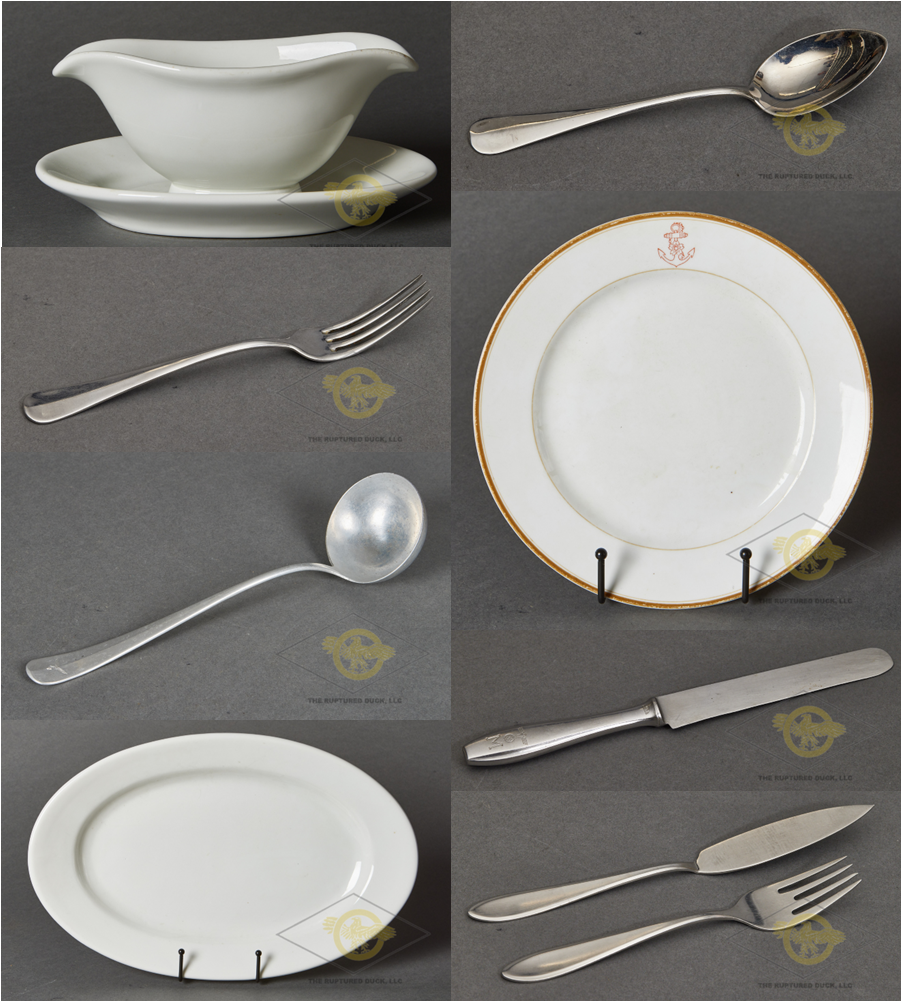Bill Shea's WWII Memorabilia Blog RSS
EXTREMELY RARE BLIMP PILOT'S GROUPING part 2
So, Chapter 2 goes like this: I contacted Bruce again and he provided me with details of the leather Navy flight jacket and his Dad's steel helmet, but said he didn't have immediate access to them as they were in storage. As a collector, you are always looking for immediate gratification but I needed to be patient. A few weeks went by and Bruce got back in touch and sent along some nice photos of the jacket. Turns out that his Dad started his career as an Ensign having dropped out of college to serve his country. That was 1943....
EXTREMELY RARE BLIMP PILOT'S GROUPING
It all started with an email telling me that this Veteran's son had a rare and unusual item from WWII that he was considering selling. Once I read the details, I decided I really needed to pursue this artifact. He told me that his dad, Ensign William Kaiser, was a United States blimp pilot during the war with Blimp Squadron 14, also known as ZP-14. His Dad's unit was part of a six-airship unit to make the first transatlantic crossing in 1944. His airship K-123 started from the Naval Air base in South Weymouth, MA, then flew to Newfoundland, the Azores...
You Are Not Going to Believe This Story About My Latest SS Helmet
We've all heard plenty of souvenir anecdotes about how soldiers brought things home from the war. Heck, my four-volume series contain hundreds of these stories. You've also probably heard about how these veterans bartered and traded these relics. This story is one for the books and if I was to write another book, this tale would definitely have made it into print. It started, like most buying adventures, with a phone call to our office. I was told this fellow had an SS helmet that he had on consignment from a WWII Marine veteran. My initial thought was no way, Jose. I took the...
TABLEWARE INCLUDING PORCELAIN AND OTHER UTENSILS
(the above photo is just a sampling of the types of porcelain and tableware we will plan on handling) Most of us collectors think of soldiers out in the field eating from mess kits with simply knives, forks and spoons. However, there is a whole other world out there when the soldiers were in training camps and schools before heading out and just using combat gear. Many of these facilities survived the bombings and attacks and in some cases were used after the war by the victorious occupation forces. The mess halls were still stacked with the same dishes, platters,...





